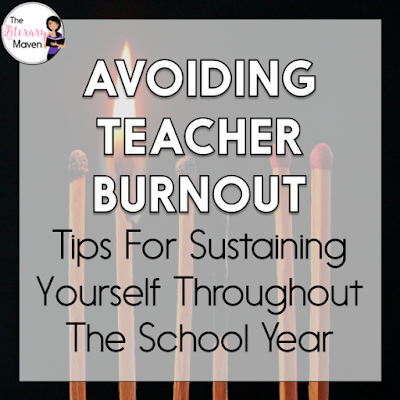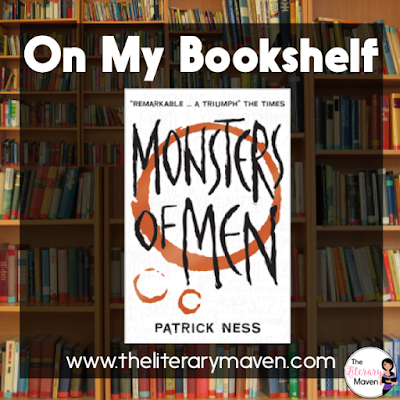The basic plot from Amazon: "With a bolt of lightning on my kicks . . .The court is SIZZLING. My sweat is DRIZZLING. Stop all that quivering. Cuz tonight I’m delivering," announces dread-locked, 12-year old Josh Bell. He and his twin brother Jordan are awesome on the court. But Josh has more than basketball in his blood, he's got mad beats, too, that tell his family's story in verse, in this fast and furious middle grade novel of family and brotherhood from Kwame Alexander.
Josh and Jordan must come to grips with growing up on and off the court to realize breaking the rules comes at a terrible price, as their story's heart-stopping climax proves a game-changer for the entire family.
Why I liked it: The Crossover is a gem of a book for so many reasons. It's title and cover are an immediate draw to student athletes and sports lovers. Students will easily connect with the main character, Josh, a middle school basketball player struggling with a changing friendship with a friend that just also happens to be his twin brother.
I appreciated the cast of strong African American characters who would be appealing to students of all backgrounds. Too often novels featuring African Americans have stereotypical characters and are set in "the hood." Parent figures are frequently absent and sports are the only ticket out. In The Crossover, Josh's parents are both present and play an important role in his life. Education is valued over athleticism.
Classroom application: The novel is written in verse and the author plays with the layout of the text on the page, the format of the type, etc. For these reasons, the novel or excerpts of it could be added to a poetry unit and compared with poets like e. e. cummings.
A possible research topic connected with the book would be hereditary heart diseases. Josh's father suffers from hypertension. Josh and Jordan are twins and have an intuition about each others' feelings, so the commonalities that twins do share would be another possible topic.
If you are interested in purchasing a copy of The Crossover for yourself, you can find it on Amazon here.
Note: The Literary Maven is a participant in the Amazon Services LLC Associates Program, an affiliate advertising program designed to provide a means for sites to earn advertising fees by advertising and linking to amazon.com.
Josh and Jordan must come to grips with growing up on and off the court to realize breaking the rules comes at a terrible price, as their story's heart-stopping climax proves a game-changer for the entire family.
Why I liked it: The Crossover is a gem of a book for so many reasons. It's title and cover are an immediate draw to student athletes and sports lovers. Students will easily connect with the main character, Josh, a middle school basketball player struggling with a changing friendship with a friend that just also happens to be his twin brother.
I appreciated the cast of strong African American characters who would be appealing to students of all backgrounds. Too often novels featuring African Americans have stereotypical characters and are set in "the hood." Parent figures are frequently absent and sports are the only ticket out. In The Crossover, Josh's parents are both present and play an important role in his life. Education is valued over athleticism.
Classroom application: The novel is written in verse and the author plays with the layout of the text on the page, the format of the type, etc. For these reasons, the novel or excerpts of it could be added to a poetry unit and compared with poets like e. e. cummings.
A possible research topic connected with the book would be hereditary heart diseases. Josh's father suffers from hypertension. Josh and Jordan are twins and have an intuition about each others' feelings, so the commonalities that twins do share would be another possible topic.
If you are interested in purchasing a copy of The Crossover for yourself, you can find it on Amazon here.

Note: The Literary Maven is a participant in the Amazon Services LLC Associates Program, an affiliate advertising program designed to provide a means for sites to earn advertising fees by advertising and linking to amazon.com.
































